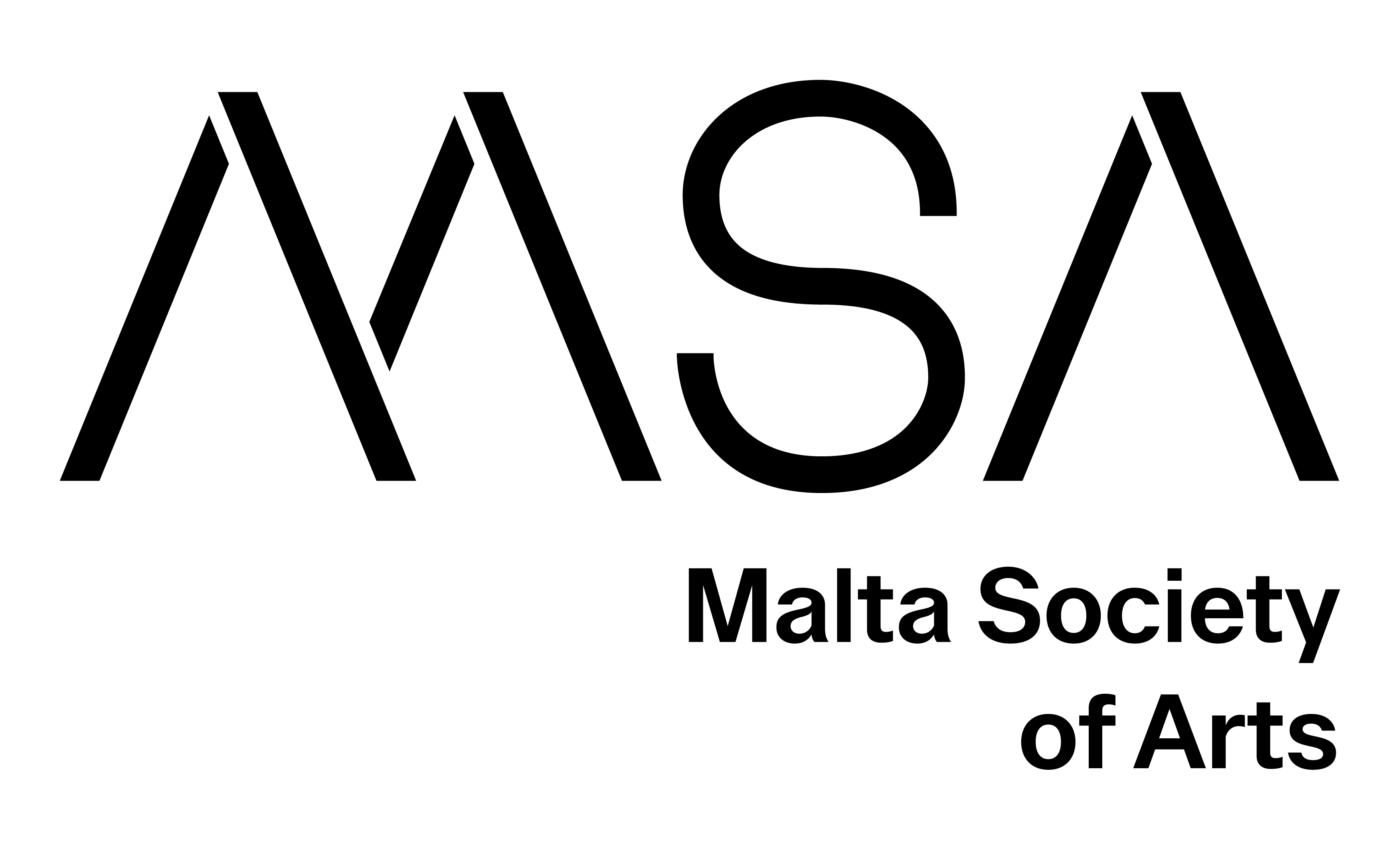This paper details an artistic research practice for the ongoing production of material, embodied, and affectual “anarchives” corresponding to the Anthropocene. An anarchive is in direct opposition to the colonial and alienating hegemony of traditional archives, which rest on prioritizing ontological sanitization (Graham 2002). The Anthropocene, as a geological epoch, challenges temporalities based on the traditional binary between the natural and man-made, and this paper calls for its representation through a structure that defies linear and static representation. It offers anarchives as a structure to document the Anthropocene, engendered by a rejection of positivism and “objective” truths about environmental phenomena to experimentally embrace its situated, ambiguous, and material knowledges. The anarchive invites material and sensory idiosyncrasies, ephemerality, decay, and waste, and it is particularly suited to explore sensations as time-based (Zielinksy 2015). The anarchive creates relational encounters through waste materials, reworked forms of “geology,” edible and decaying artifacts, and multi-media time-based works at landfills and feral sites. By focusing on waste as an analytical category, I address the kind of ontological breakdowns that typify the Anthropocene. My artistic methodologies provide a mode to unorder systems, disturb materiality, and break down binaries through affect.
Allie E.S. Wist is a scholar-artist, currently in the interdisciplinary Arts PhD program at Rensselaer Polytechnic Institute. She focuses on sensory futures and materiality of the Anthropocene. Her work encompasses photography, radio broadcasts, artifacts, installations, and writing that render temporalities accessible through material and speculative narratives. Her current work is to create a sensory and material "anarchive" for the Anthropocene, using stratigraphy, discard studies, and sensory studies to frame alternative archival strategies. She has taught at New York University and The New School; she has an MA in Food Studies from NYU and a BA in Media from Boston University, and worked in food media for over a decade. Her artwork has been exhibited with Honolulu Biennial, The Nobel Prize Museum, The Wellcome Collection, and HESSE FLATOW.
Back







